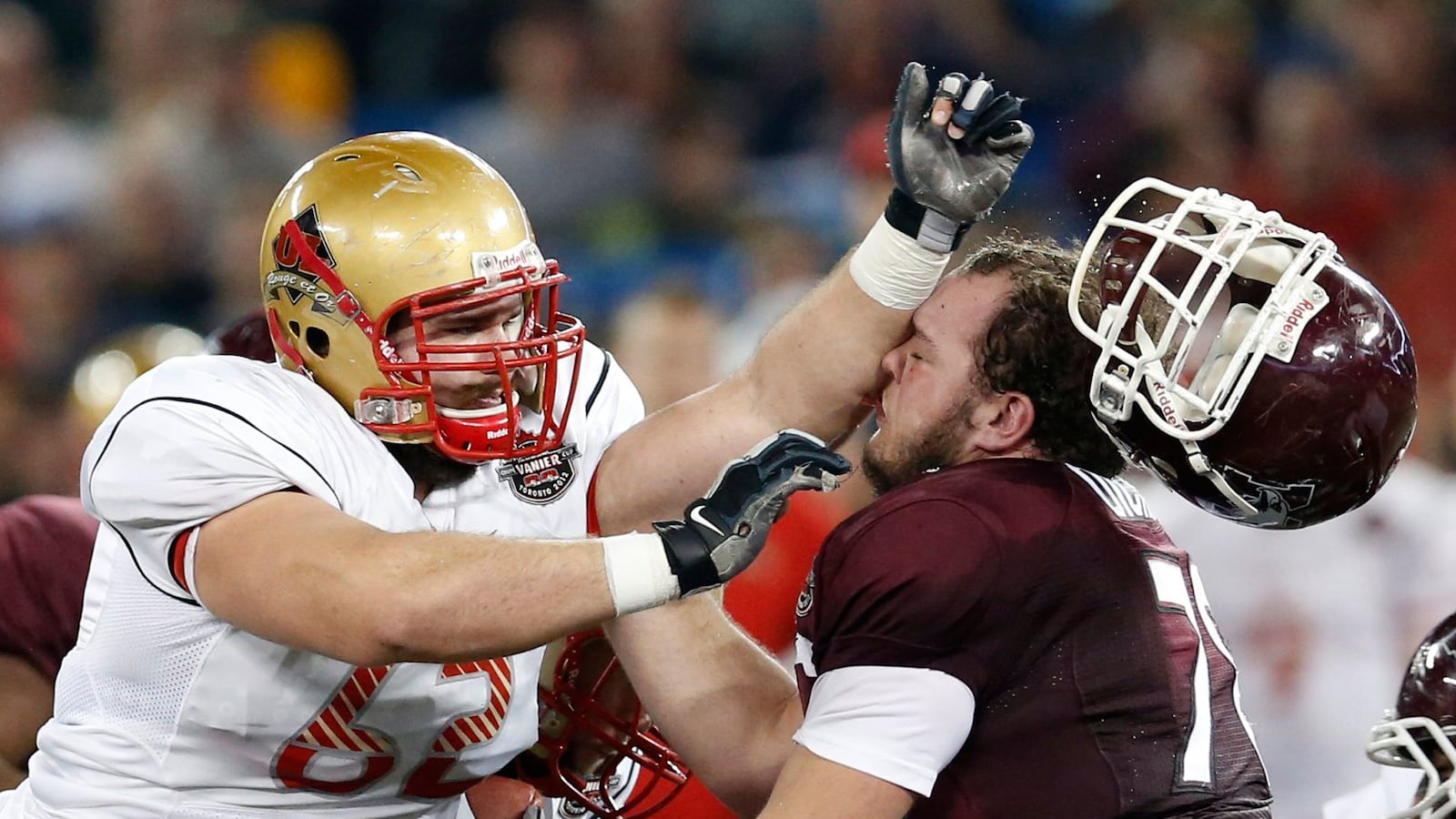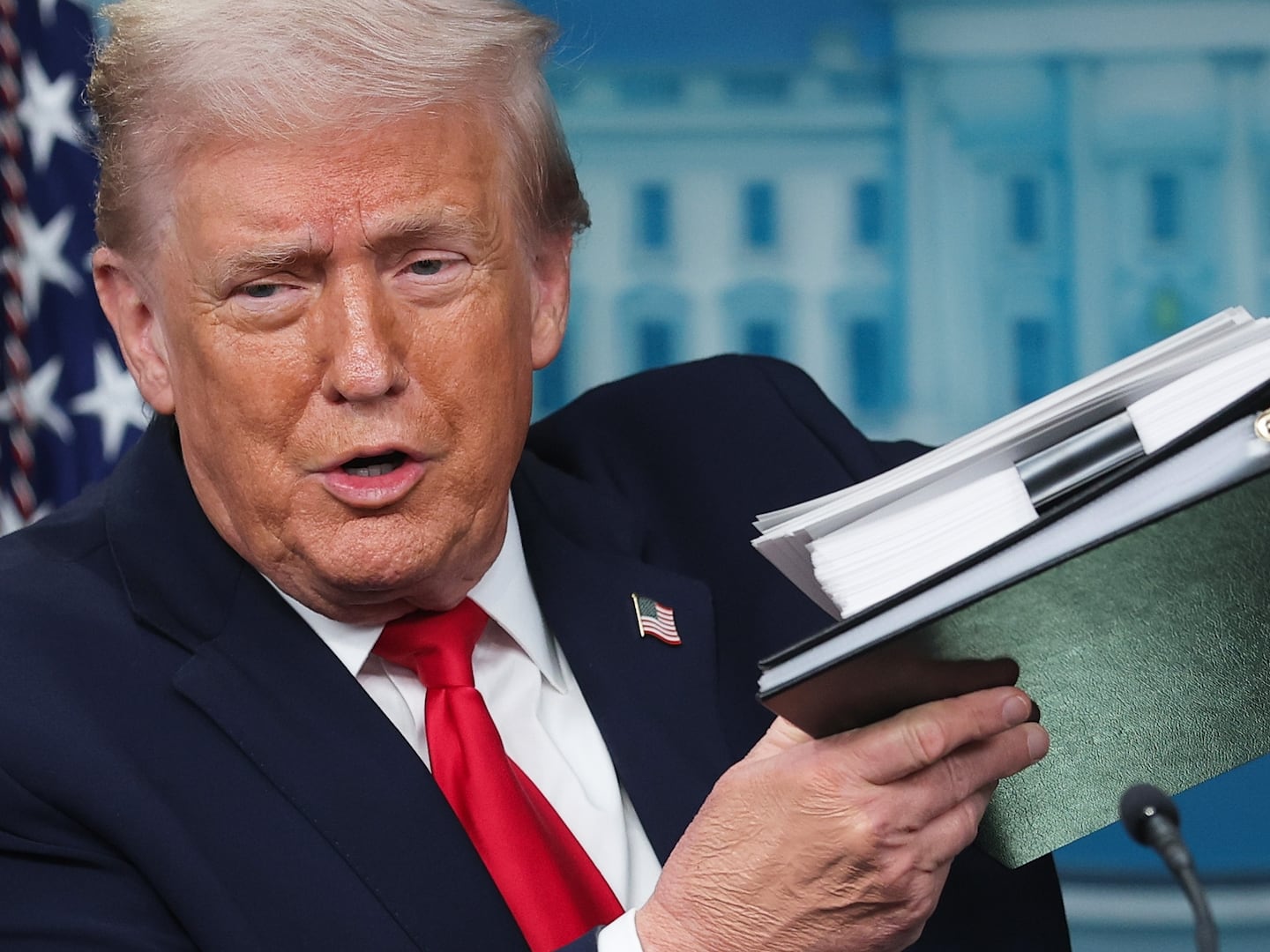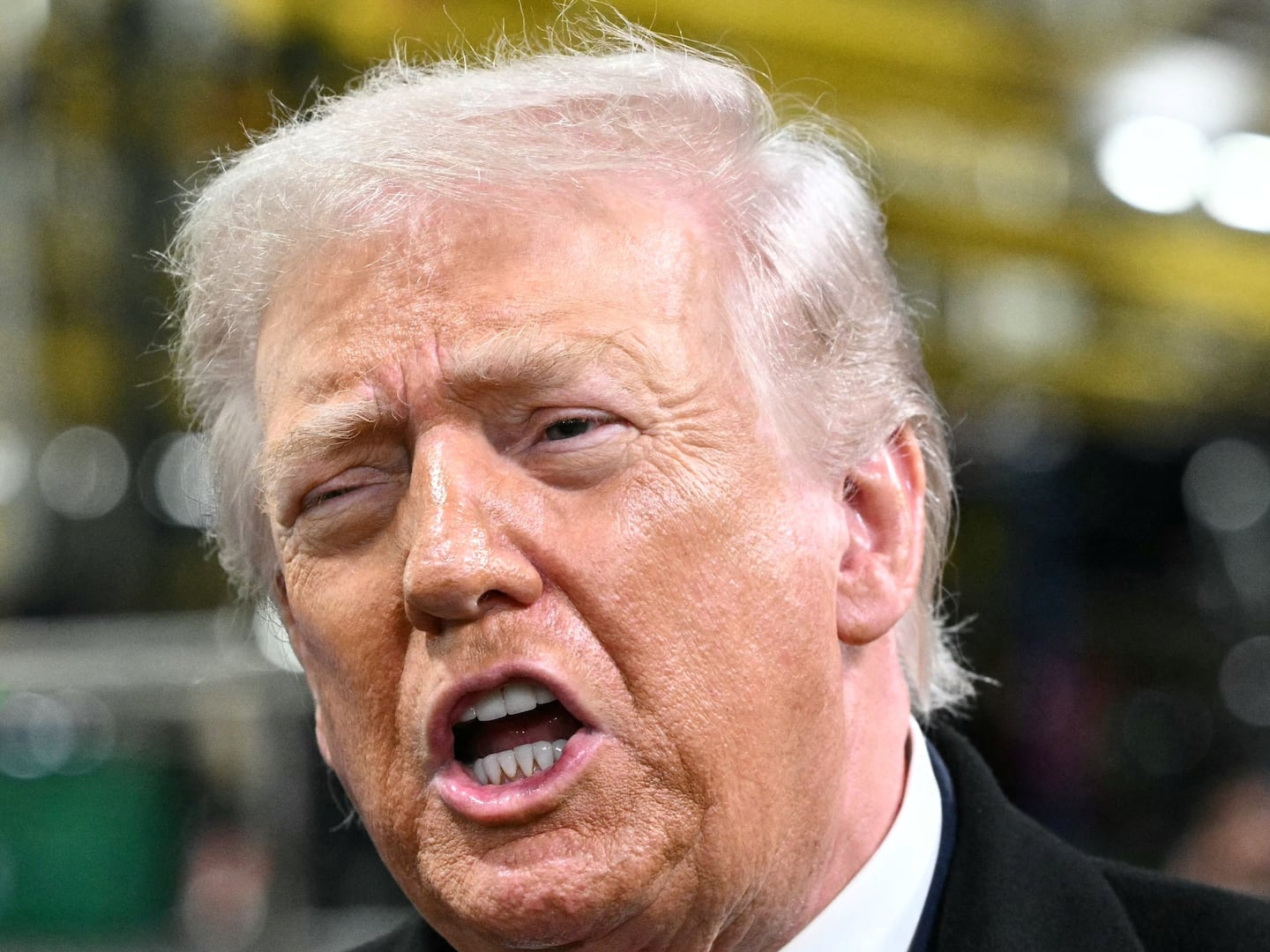Last January, in The New York Times Magazine, Steve Almond detailed his worries about the effects of the violence in football, and suggested that America might find more productive ways to spend its Sundays. His inbox was soon filled with angry letters. Almond’s correspondents agreed: he was a pantywaist, and possibly not even a man. Several missives, he says, “made reference to my vagina.”
Undeterred, Almond doubles down on his argument in Against Football: One Fan’s Reluctant Manifesto, an informed broadside in which he contends that the sport encourages bloodlust, bigotry, and other antisocial behaviors. Televised games, he says, should be preceded by parental-discretion-is-advised messages, and tackle football ought to be outlawed for those 15 and under.
“I happen to believe that our allegiance to football legitimizes and even fosters within us a tolerance for violence, greed, racism, and homophobia,” Almond writes.
He must really want some more hate mail.
With another season upon us, Almond’s potentially galvanizing (if occasionally overblown) book is one of three new titles that consider the health risks faced by those who play the game, and the social implications of the sport’s immense popularity and commercial might.
The author of a memoir and several well-reviewed story collections, Almond makes his case with the fluency of someone who spent decades in a semi-obsessive relationship with football. As a kid in California, he rooted for the Oakland Raiders and Stanford University’s John Elway, and later, when teaching in Massachusetts, he spent autumn Sundays watching NFL games in what he describes as “a vast bacterial sports bar.” The Raiders’ most memorable losses—to the Steelers in 1972, when Franco Harris made his so-called Immaculate Reception; and 29 years later, to the Patriots, in the matchup that familiarized fans with the vagaries of the “tuck rule”—still get him riled.
But the steady accumulation of horror stories about the effects of concussions and the plights of brain-damaged players has caused Almond to turn away from the game. The evidence he cites is compelling: “A study commissioned by the NFL Players Association asserted that recently retired pros (ages thirty to forty-nine) are nineteen times more likely to suffer from brain-trauma-related illness than” their peers. Other studies have found that professional football players have a life expectancy in the mid-50s. The average American man gets an extra two decades.
“As of March, neuropathologists at the NFL’s designated brain bank had examined fifty-five former football players,” Almond adds in a chapter in which he meets with doctors from Boston University’s Center for the Study of Traumatic Encephalopathy and the National Veterans Affairs ALS Brain Bank. “All but one showed signs of” Chronic Traumatic Encephalopathy, a degenerative brain injury that can only be diagnosed after death. CTE “has been identified in the brains of deceased college players and even one high schooler.”
Though many of these points have been made in greater detail elsewhere, Almond has a knack for synthesizing the pertinent arguments against football into a single coherent plea. His knowledgeable diatribe about the game’s savagery is followed by an equally convincing indictment of the tax-exempt status of the NFL’s league office—a perch from which league boss Roger Goodell draws a $40-plus-million annual compensation package—and the sweetheart stadium-funding deals extended to multimillionaire team owners. Seven dollars out of every $10 spent on recent NFL stadium construction has come from taxpayers, says Almond, citing the findings of Judith Grant Long, a Harvard urban planning professor.
He also goes after the game’s macho culture. Almond rightly laments the none-too-warm greeting that some in the NFL extended to the St. Louis Rams’ Michael Sam, the league’s first openly gay player. After a stellar college career, Sam was the subject of much hand-wringing on the part of league players and coaches, some of whom suggested that the NFL wasn’t the ideal place for him: “It was one of those media narratives in which the alleged subject (Michael Sam: Gay Guy in Shoulder Pads) was much less interesting than the actual subject: A Workplace Exists in America, Circa 2014, in Which the Prospect of Accommodating a Single Openly Gay Employee Is Enough to Induce Panic.”
This being a manifesto, there are a few moments when Almond sounds like a self-righteous crank. He wonders if perhaps “it makes sense to think of football players as human sacrifices … That would certainly help explain why so many athletes and fans place their faith in Jesus Christ. He was a human sacrifice, too.” This is glib nonsense.
Elsewhere, Almond likens the NFL Combine, the annual event during which prospective pro players demonstrate their skills in the presence of team scouts, to a “slave auction.” “Yes,” he continues, “football attracts fans of all races and classes. Yes, players choose to compete and are well paid. But the power dynamics remain eerily familiar: a wealthy white ‘owner’ presides over a group of African-American laborers.” There’s definitely a conversation to be had about the league’s racial politics, but if this is the sort of opening gambit Almond’s going to employ, he’s only going to embolden those who already agree with him, and alienate everybody else.
Another of Almond’s contentions is that the sport encourages a military mentality—“victory achieved by means of force”—that doesn’t often mesh with societal norms. It’s an idea that Mark Edmundson takes on from a different angle in his erudite but approachable new book, Why Football Matters: My Education in the Game. “Football,” he writes, “is not war, but it is enough like war (we feel) to be a good substitute. By thinking about football and not war, by thinking about football heroes and not war heroes, jocks and not Marines, people are able to turn away from the difficulties that political life presents and trade them in for simplicity.”
Arguments like these support a memoir that focuses on Edmundson’s days as a mediocre high-school football player in a blue-collar Massachusetts town in the late ’60s. On its face, this sounds pretty tedious. But Edmundson, the author of several serious books about philosophy, writes with wisdom and understatement, and aside from one or two sentimental soliloquies, I was interested in what he has to say.
Edmundson doesn’t want to stigmatize the game. On the contrary, he spends big chunks of his book praising football for its role in shaping his worldview and his work habits. The sport, he maintains, made him more courageous in the face of daunting challenges, taught him how to accept defeat, and instilled in him a lifelong devotion to physical fitness. “And of course my exercise program became a template for every other endeavor of the same sort in future life,” Edmundson says, recalling the dawn of his writing life. “When I applied to college and applied to grad school and worked on essays and, in time, on that frustrating dissertation, I had a pattern for how it was to be done.”
There are a handful times when Edmundson’s prose reads like it was lifted from a script for one of those old NFL Films documentaries. Doing his best impersonation of an aging letterman who’s been tapped to deliver a testimonial at a team reunion, he writes, “Nearly every man who has played ball and grown from it has, I’m sure, drawn on his former football-playing strength at one time or another.” Much more often, though, Edmundson captures the deep vein of ambivalence that so many fans have started to feel when they think hard about the game.
Football “is what Plato calls a pharmakon, a poison and an elixir,” he writes. The sport can have a positive influence in a young man’s life, but it also “can make a player intolerant of gentleness. It can help turn him into a member of a pack that mistreats and even scapegoats others—the weak, the differently made.”
In this context, it’s instructive to recall the recent instances in which groups of pro and amateur football players took advantage of those they perceived to be relatively weak. In the past couple years, we’ve seen members of the Miami Dolphins bully one of their teammates until he left the team, and high-school players in Steubenville, Ohio convicted of sexually assaulting a classmate. And just this summer, a budding scandal emerged at the Air Force Academy, where school officials are investigating reports that several players took part in sexual assaults during which date-rape drugs were used.
Given its august, official-feeling title, you might expect Football: Great Writing About the National Sport to be heaving with uncritical celebrations of players past and present. But as edited by John Schulian, an ex-newspaper columnist with an intriguing CV (he’s one of the co-creators of the TV show Xena: Warrior Princess), this is a deep and diverse anthology. Diverse in terms of content, that is, not authorship—of the more than 40 writers featured, including legendary scribes like Red Smith, Jim Murray, and Frank Deford, only two of the contributors are women.
The most urgent entries in Football focus on some of the same concerns that inspire the best work in Almond’s and Edmundson’s books. An excerpt from Nate Jackson’s memoir deals with the ex-NFL tight end’s desperation to preserve his career, which drove him to experiment with human growth hormone. A piece by Bryan Curtis, first published in Texas Monthly, takes a long look at youth football in Texas, where fifth-grade running backs are superstars and a high-school squad plays at a $60-million stadium.
And Paul Solotaroff, in a dispatch that first appeared in Men’s Journal, chronicles the downfall of Dave Duerson, the ex-Chicago Bear who “shot himself through the heart, not the head, to preserve his brain for science.” Duerson had apparently suffered several concussions, and in his later years, he was often angry and depressed. He was 50 when he committed suicide in 2011, and per his wishes, his brain was examined at the Boston University/Veterans Affairs clinic Almond visits in his book. Doctors there found that, like many players before him, Duerson suffered from CTE.






